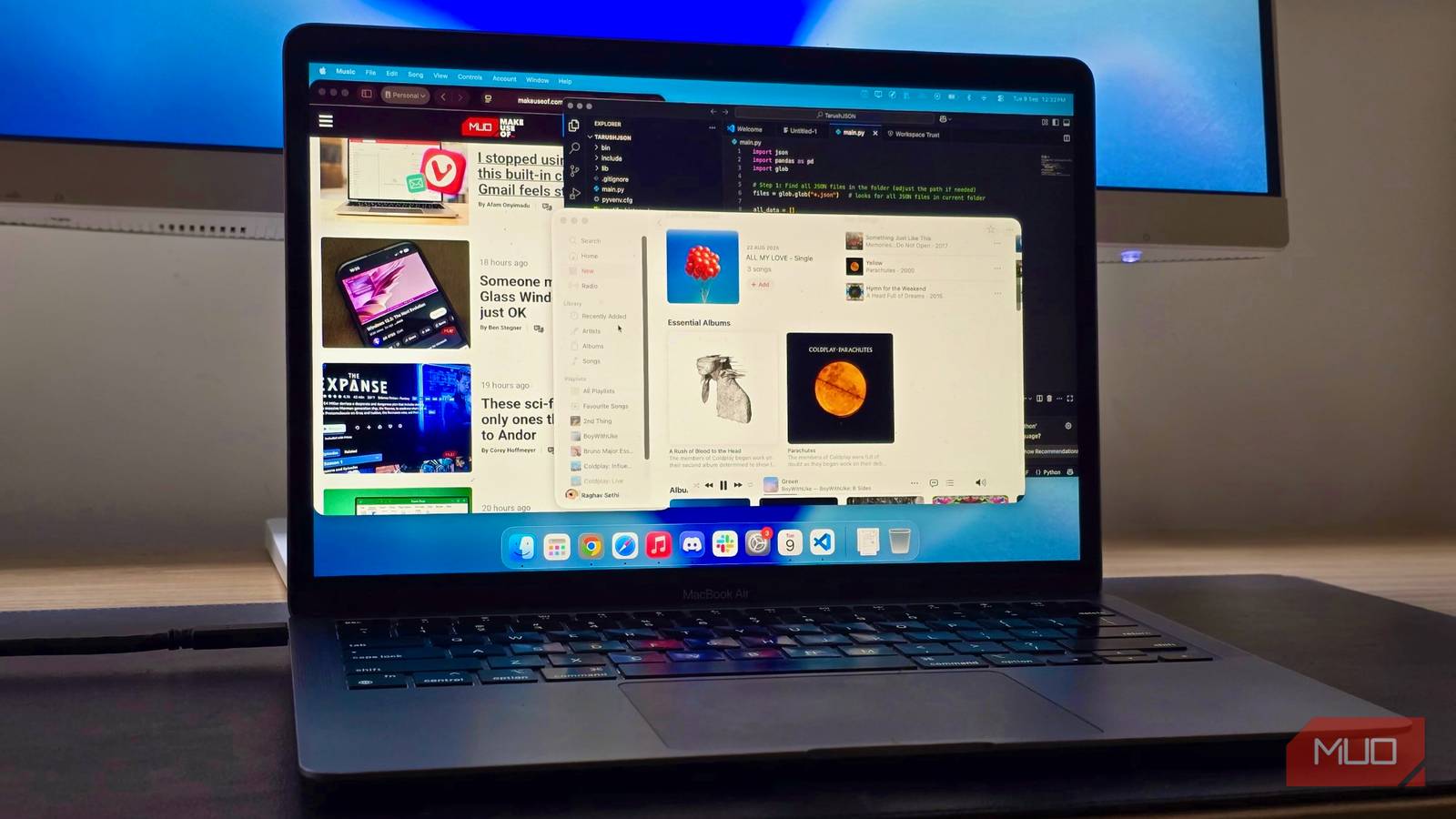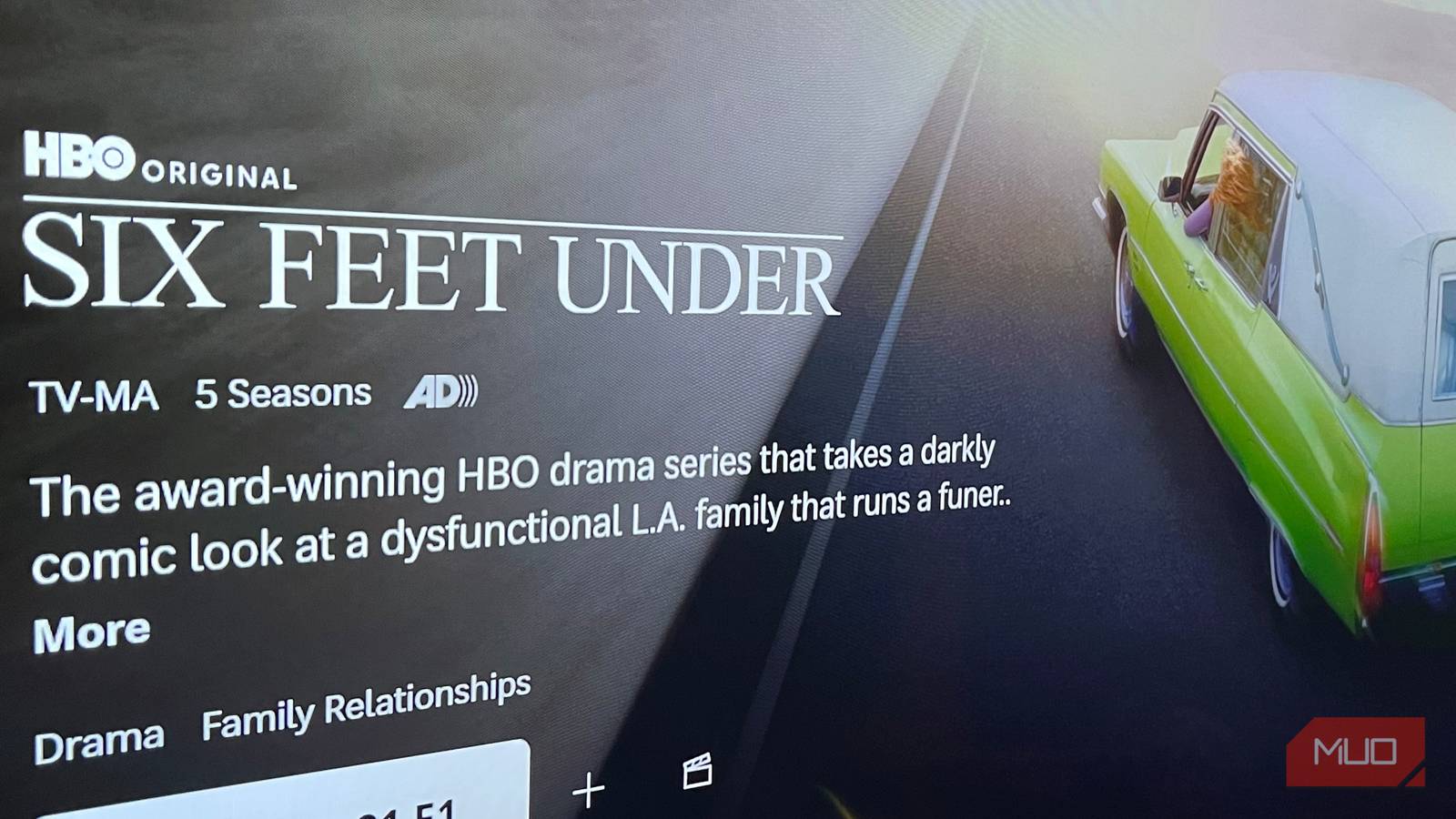UPDATE (9/10): The summer came and went, and Volkswagen electric car drivers are still unable to charge at Tesla Superchargers. The company asks for “patience” as it works through “technical challenges,” and says it still expects Supercharger access to happen this year.
“Volkswagen looks forward to making it possible for ID. Buzz and ID.4 vehicle owners to gain access to the Tesla NACS Partner Superchargers,” a company spokesperson tells us. “The timeline has been delayed by technical challenges, and we ask for customers’ patience. We still expect to deliver access this year.”
Audi and Porsche, which are under the same parent company as Volkswagen, already have access. Volkswagen is one of the last remaining brands, along with BMW, Toyota, and Subaru, according to the Tesla website.
Porsche also seems to be having technical challenges. It’s calling its current Supercharger access a “soft launch,” meaning its drivers have to use the Tesla app to power up as it works to create the ideal experience on the Porsche app.
UPDATE 1/6: There’s light at the end of the tunnel for Volkswagen EV drivers who are waiting to power up at Tesla Superchargers. Although the brand missed its original deadline of June 2025 to get access, an announcement is “coming soon,” a company spokesperson tells us.
The Volkswagen Group owns multiple brands, including VW, Audi, and Porsche. Supercharger access will be “a staggered launch according to brand,” VW says, implying they will get access one by one, not as a group.
Tesla’s NACS website lists Volkswagen, Audi, and Porsche as next up in the rollout. Also on deck are BMW, Jaguar-Land Rover, Honda, Acura, Toyota, and Subaru. After that, only Stellantis will be left. It owns Dodge, Ram, Jeep, Peugeot, Chrysler, Alfa Romeo, and a smattering of other brands.
Here is the full list of brands that already have access, mostly through an adapter, unless the vehicle already has a built-in NACS port like the 2025 Hyundai Ioniq 5 and Lucid Gravity.
Original Story (1/26):
LAS VEGAS—Volkswagen EV drivers will be able to power up at Tesla Superchargers starting this summer, opening up nearly 18,000 new public charging options for them.
“We get access to the network in June/July, when we have an official VW adapter,” Mark Gillies, director of public relations at VW Group of America, told us here at CES.

Get Our Best Stories!
Your Daily Dose of Our Top Tech News

By clicking Sign Me Up, you confirm you are 16+ and agree to our Terms of Use and Privacy Policy.
Thanks for signing up!
Your subscription has been confirmed. Keep an eye on your inbox!
Volkswagen’s launch timeline is not yet public on the Tesla website, which lists Mercedes-Benz as the next brand to get access. Ford, Rivian, General Motors, Volvo, Polestar, and Nissan drivers were the first to get it, in that order. All EV makers will get access by the end of 2025, to the surprise of some Tesla drivers.
Gillies couldn’t speak to timelines for Audi, Porsche, and Scout, which fall under the same parent company as VW. The four brands co-announced their deal with Tesla in December 2023, so it’s likely that all will get access around the same time. The Volkswagen Group was one of the last EV makers to sign the deal with Elon Musk, likely because of its ownership stake in Electrify America, a competing charging network. Stellantis was the last to sign in February 2024.
Tesla has been giving brands Supercharger access roughly in the order in which they signed the deals, which may mean the entire industry-wide rollout could be complete by this summer. That’s welcome news for current and prospective EV drivers.
Volkswagen currently offers two EVs in the US, the popular ID.4 SUV and ID.Buzz retro revival of its minibus. The ID.7 sedan arrives in 2025, delayed one year from the original 2024 launch, Electrek reports.
Recommended by Our Editors
Volkswagen ID.4 (Credit: Volkswagen)
For now, all non-Teslas must use an adapter to plug in at the Tesla station. It converts the charger’s tip from the Tesla-backed NACS port, which has a slimmer profile and different prongs, to the bulkier CCS port found on most other EVs. Eventually, new EVs in the US will be built with the NACS port from the start. The 2025 Hyundai Ioniq 5 is the first to get a native NACS port; most other brands, including VW, won’t make the switch until 2026.
VW is currently working on sourcing and approving suppliers to manufacture the adapter, Gillies says. The company would “prefer” its drivers use the official Volkswagen-sanctioned adapter, but knows “there are adapters on the market” that some EV owners may buy instead.
The CCS side of a GM-approved adapter. (Credit: Emily Forlini)
Lectron and A2Z are common off-market choices for EV drivers from other brands, though they come with some risk, given they are not brand-approved and specifically tested for each vehicle. Still, it could be worth it if adapter delays continue. When Ford and Rivian first got Supercharger access in early 2024, low adapter supply hampered the rollout and led to months-long delays, which drove customers to try other options.
Ford partnered with Lectron in October 2024 to expand its adapter supply and ease the backlog, following a minor recall.
Volkswagen has not yet announced pricing for the adapters. They typically cost anywhere from $180 for the off-market options, to around $200-$230 for the brand-approved hardware.


The Fiat 500e Convinced Me Tiny, Low-Range EVs Have a Place in the US
Editors’ Note: This story has been updated to clarify the launch timeline. VW initially said access would go live in March with an approved adapter following in June but now says both the network access and adapter will come in June.
About Emily Forlini
Senior Reporter












